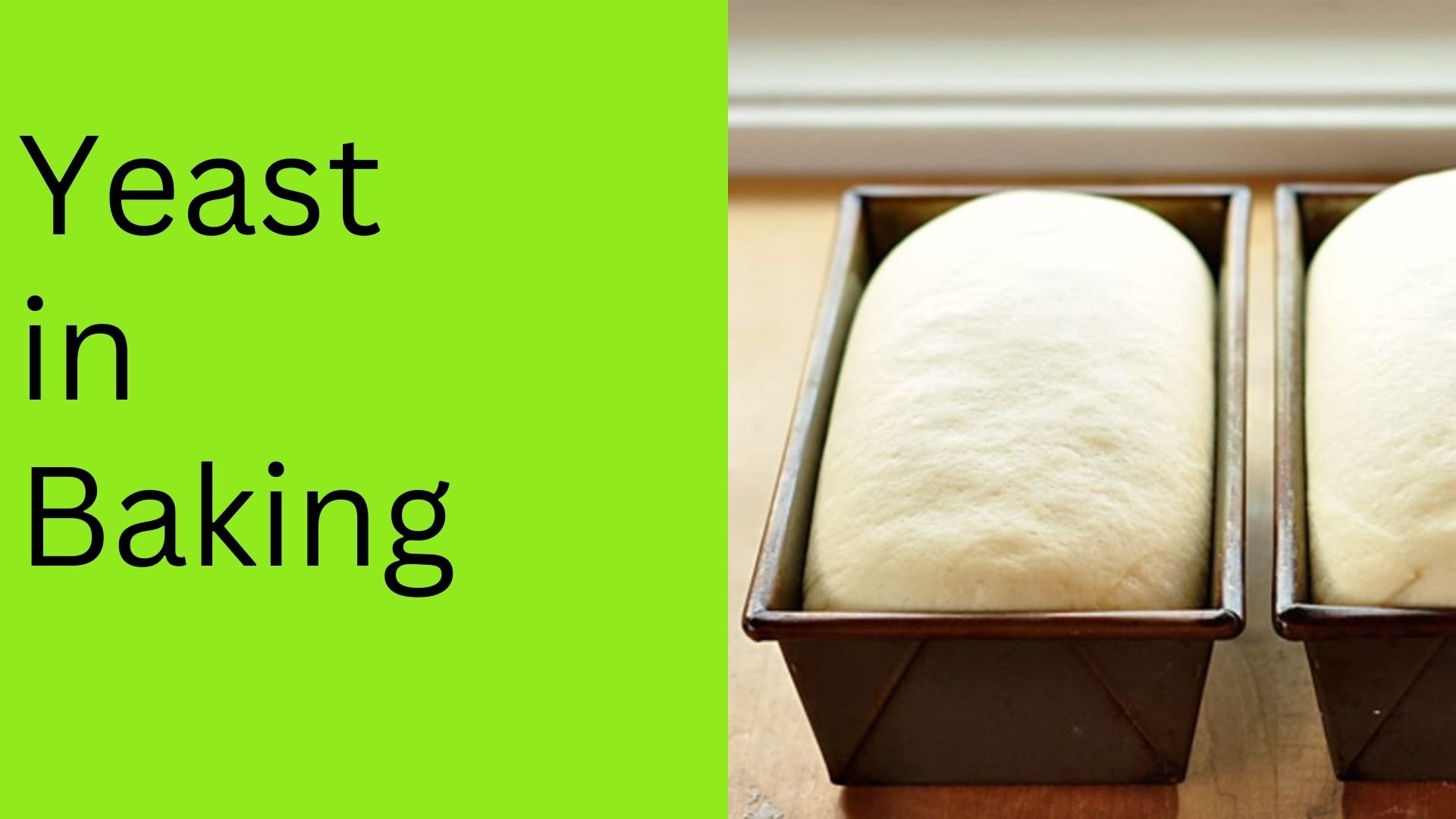Yeast is a fundamental ingredient in baking, but what if you’re out of yeast or prefer an alternative? Fortunately, there are several substitutes that can still help you achieve the desired texture and rise in your baked goods. In this article, we’ll explore five alternatives to yeast in baking, discuss their purposes, benefits, and how to use them effectively.
The Purpose of Yeast in Baking
- Leavening: Yeast is a natural leavening agent that produces carbon dioxide gas, causing dough to rise.
- Texture: It contributes to the soft, airy, and chewy texture of bread and other baked goods.
- Flavor: Yeast imparts a distinct flavor and aroma that’s characteristic of bread.
- Gluten Development: It helps develop gluten strands, leading to a well-structured dough.
- Complex Carbohydrate Breakdown: Yeast breaks down complex carbohydrates into simpler sugars, enhancing flavor and color.
Why Replace Yeast in Baking?
- Yeast Allergies: Substitutes are essential for those who are allergic to yeast.
- Quick Baking: Certain alternatives don’t require rising time, making baking faster.
- Dietary Choices: Address dietary restrictions, such as avoiding gluten or animal products.
- Unique Flavors: Experiment with different substitutes for distinct taste profiles.
- Emergency Baking: Substitutes save the day when you’re in the middle of a recipe and realize you’re out of yeast.
Substitutes for Yeast in Baking
1. Baking Powder and Baking Soda
Baking powder and baking soda are leavening agents that create a rise in baked goods through a chemical reaction. Baking powder contains both an acid and a base, while baking soda requires an acid ingredient, such as buttermilk or yogurt, for activation.
| Substitute | Calories | Total Fats | Carbohydrates | Proteins |
|---|---|---|---|---|
| Baking Powder (1 tsp) | 2 | 0g | 1g | 0g |
| Baking Soda (1/2 tsp) | 0 | 0g | 0g | 0g |
To make the substitute: Use 1 teaspoon of baking powder for every 1/4 teaspoon of baking soda required. Adjust the acid component accordingly (e.g., buttermilk, yogurt).
2. Self-Rising Flour
Self-rising flour is a pre-mixed option that includes both flour and leavening agents. It’s a convenient choice for recipes that call for yeast.
| Substitute | Calories | Total Fats | Carbohydrates | Proteins |
|---|---|---|---|---|
| Self-Rising Flour (1 cup) | 402 | 1.6g | 86g | 9.8g |
To make the substitute: Replace the flour in your recipe with an equal amount of self-rising flour and omit any additional leavening agents.
3. Sourdough Starter
Sourdough starter is a natural yeast culture that can be used as a leavening agent in baking. It imparts a distinct tangy flavor to baked goods.
| Substitute | Calories | Total Fats | Carbohydrates | Proteins |
|---|---|---|---|---|
| Sourdough Starter (1 cup) | 227 | 0.6g | 47.6g | 6.4g |
To make the substitute: Use sourdough starter in recipes that call for yeast. Adjust the hydration level in your recipe to account for the moisture in the starter.
4. Whipped Egg Whites
Whipped egg whites can provide aeration and lift to baked goods. They work well in recipes where a light and airy texture is desired.
| Substitute | Calories | Total Fats | Carbohydrates | Proteins |
|---|---|---|---|---|
| Egg White (1 large) | 17 | 0.1g | 0.2g | 3.6g |
To make the substitute: Whip egg whites until stiff peaks form, then gently fold them into your batter.
5. Club Soda
Club soda is carbonated water that can contribute to the rise and texture of baked goods. Its bubbles create lift and lightness in the batter.
| Substitute | Calories | Total Fats | Carbohydrates | Proteins |
|---|---|---|---|---|
| Club Soda (1 cup) | 0 | 0g | 0g | 0g |
To make the substitute: Use club soda in place of water or another liquid in your recipe. The carbonation will contribute to the leavening effect.
Nutrition Facts Summary
| Substitute | Calories | Total Fats | Proteins | Carbohydrates | Source | Works Best In |
|---|---|---|---|---|---|---|
| Baking Powder | 2 | 0g | 0g | 1g | Chemical Reaction | Quick Breads |
| Self-Rising Flour | 402 | 1.6g | 9.8g | 86g | Flour and Leavening Agents | Biscuits, Cakes |
| Sourdough Starter | 227 | 0.6g | 6.4g | 47.6g | Natural Yeast Culture | Artisan Breads |
| Whipped Egg Whites | 17 | 0.1g | 3.6g | 0.2g | Egg Whites | Soufflés, Meringues |
| Club Soda | 0 | 0g | 0g | 0g | Carbonated Water | Pancakes, Waffles |
FAQs
Q: Can I use these substitutes in any baking recipe that requires yeast?
A: Yes, but keep in mind that the texture and flavor may vary depending on the substitute and the specific recipe.
Q: Do these substitutes work equally well for sweet and savory baked goods?
A: Yes, you can use these substitutes in both sweet and savory recipes, but some might be better suited for certain types of baked goods.
Q: Can I combine different substitutes in one recipe?
A: Experimentation is encouraged! However, be mindful of how different substitutes might interact and affect the final outcome.
Conclusion
Discovering substitutes for yeast in baking opens up a world of creative possibilities in the kitchen. Whether you’re dealing with a yeast shortage, catering to dietary needs, or simply seeking new flavors, these alternatives allow you to continue baking without compromise. From the chemical reactions of baking powder to the tangy aroma of sourdough starter, each substitute brings its unique magic to your baked goods. Embrace the versatility and experimentation these substitutes offer as you embark on your flavorful baking journey.




